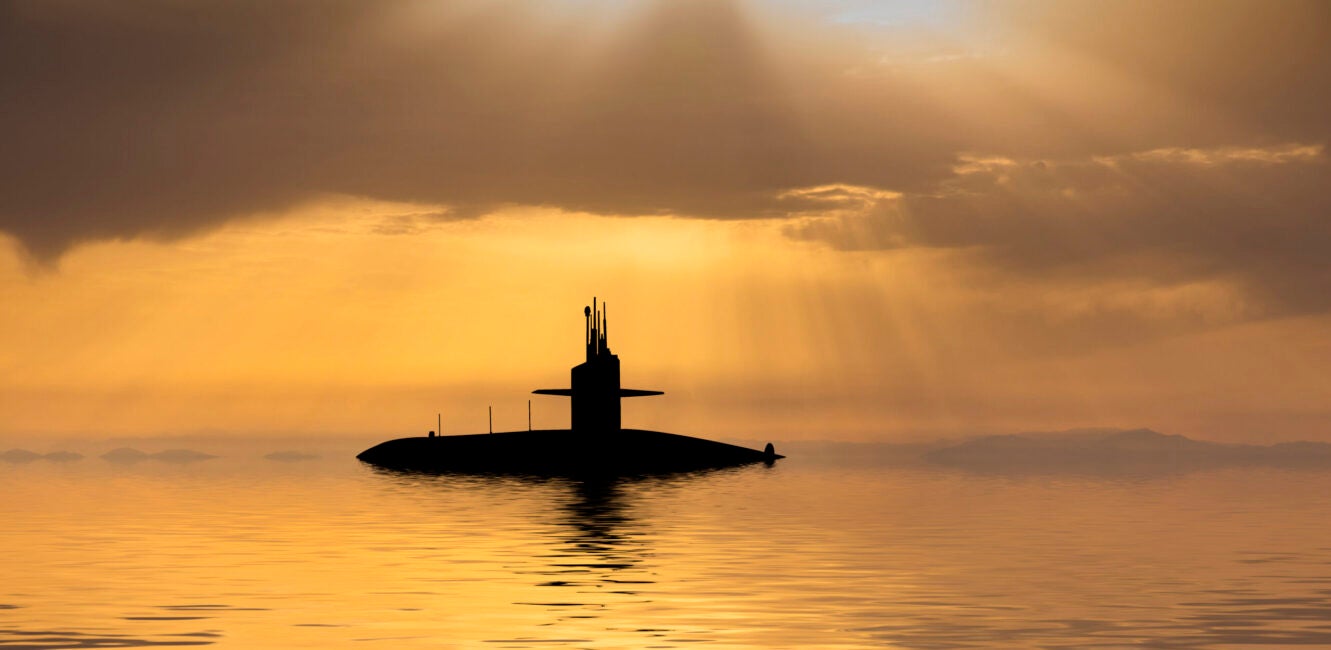$3 Billion Up From Down Under to Help US Build Submarines
Given the regular flow of dollars out of the country and into foreign economies, it bears mentioning that one ally has, in fact, extended financial... Read More The post $3 Billion Up From Down Under to Help US Build Submarines appeared first on The Daily Signal.

Given the regular flow of dollars out of the country and into foreign economies, it bears mentioning that one ally has, in fact, extended financial support to help revitalize American shipbuilding. Australia, one of America’s closest and most dependable allies, is doing just that. A total of $3 billion will be provided to restore shipyards where the U.S. builds its submarines as part of AUKUS—a trilateral alliance the U.S. commits to with Australia and the United Kingdom.
2 Foundational Pillars
The alliance is built upon two foundational pillars:
Pillar I includes an agreement for Australia to purchase three Virginia-class submarines from the United States, with potential for an additional two to be ordered. Considering, however, that our current defense industrial base produces only 1.2 submarines per year, indeed a substantial investment was required to meet both our own Navy’s annual needs as well as to fulfill the order for Australia.
Pillar II, meanwhile, facilitates joint cooperation on and development of “advanced capabilities,” such as quantum technologies, hypersonic missiles, and artificial intelligence integration, to name a few.
As agreed upon by the alliance, Australia will invest $3 billion in U.S. submarine industry capacity. The first payment of $500 million was made Jan, 29 following a phone meeting between Secretary of Defense Pete Hegseth and Australian Defense Minister Richard Marles.
The Australian investment will, ideally, expedite not only the construction of submarines for the U.S. but also the submarines Australia purchased under Pillar I. A senior officer in the Royal Australian Navy, Vice Adm. John Mead, said that Australia is “investing early in the U.S. industrial base in order that we can have those Virginias fast-tracked to us in the early 2030s.”
This was no altruistic gift. It serves the Aussies’ defense needs as much as ours. Nevertheless, America is grateful, and our allies could take a page from Australia’s playbook.
The Need to Strengthen Our Industrial Base
As the strategic demands of the Indo-Pacific grow, so too must the contribution of our allies. For too long, the burden of maintaining regional security and technological superiority has fallen disproportionately, and unjustly, on the United States.
But strong alliances are not one-way streets.
For the United States to lead, it must also be able to deliver. That requires a defense industrial base worthy of a global superpower. Strengthening it is not only in our interest, but it is also in the interest of every nation that benefits from an alliance with America.
Australia has demonstrated an understanding of this through its strategic and crucial partnership with the United States, the primary goal of which is “a free and open Indo-Pacific that is peaceful, secure, and stable.” The alliance already has been successful across multiple domains in defense cooperation.
Other Allies Provide Additional Opportunity for Collaboration
This is not the only avenue for success though. Several key U.S. Indo-Pacific allies have built highly-efficient defense industrial bases providing additional opportunity for collaboration.
Japan, namely, is an excellent and critical ally in the region whose defense posture is increasing in strength as is its geopolitical importance. Tokyo’s efforts to raise defense spending and modernize its own defense industrial base indicates a readiness to meet the demands of the regional threat environment in which it now finds itself.
South Korea, meanwhile, has perhaps the strongest defense industrial base of any single U.S. ally at present. Not to mention, recent reports suggest they have overtaken China’s lead in global shipbuilding.
Thus, there are numerous opportunities for mutually beneficial cooperation between our defense industrial bases. For example, HD Hyundai Heavy Industries, one of the world’s foremost shipbuilders, has even been proposed as a potential partner for constructing U.S. naval vessels.
If our allies expect American security guarantees to remain credible, they have a vested interest in investing in U.S. industrial capacity that makes those guarantees possible. Australia has set a commendable example. Others may choose to follow suit, not out of charity, but as equal stakeholders in the shared pursuit of a free and open Indo-Pacific.
The post $3 Billion Up From Down Under to Help US Build Submarines appeared first on The Daily Signal.










